Paul Kagame, the President of Rwanda, is widely recognized internationally for his role in transforming his nation into a prosperous and harmonious society. However, Kagame’s path to leadership is far from conventional, marked by struggles, resilience, and determination.
Paul Kagame was Born into a Tutsi family in 1957, Kagame’s early years were overshadowed by ethnic persecution and violence in Rwanda. His family fled to Uganda in 1961 to escape the escalating tensions, spending three decades as refugees. Despite their royal connections, they faced the harsh reality of displacement and marginalization.
In Uganda, Kagame embarked on a military career that shaped his destiny. He played pivotal roles in various armed conflicts, including Uganda’s rebellion and subsequent political upheavals. As a founding member of the Rwandan Patriotic Front (RPF), Kagame led efforts to combat the Hutu’s genocide against Tutsis in 1994, marking a turning point in his journey.
Throughout his exile, Kagame’s thirst for knowledge about his homeland remained unquenched. He seized opportunities to explore Rwanda clandestinely, deepening his understanding of its socio-political landscape and envisioning a future where he could contribute to its transformation.
In 1990, Kagame spearheaded the RPF’s incursion into Rwanda, triggering a four-year civil war. Despite facing formidable opposition backed by international forces, Kagame’s leadership steered the RPF towards significant territorial gains.
The climax of this tumultuous period came in 1994, with the tragic assassination of Rwandan President Juvénal Habyarimana, plunging the nation into chaos. Kagame’s RPF confronted the genocidal interim government, eventually seizing control of Kigali and halting the genocide.
In the aftermath, Rwanda embarked on a journey of reconciliation and reconstruction under Kagame’s leadership. A transitional government of national unity was established, with Kagame assuming the vice presidency, laying the groundwork for stability and progress.
By the turn of the millennium, Kagame ascended to the presidency, ushering in an era of transformation and development. His administration prioritized reconciliation, justice, and economic growth, steering Rwanda towards stability and prosperity.
Today, Kagame’s leadership continues to shape Rwanda’s trajectory, garnering both praise and criticism. His legacy reflects the resilience of a nation and the vision of a leader who emerged from the shadows of adversity to guide his people towards a brighter future.
In essence, Paul Kagame’s journey embodies the triumph of hope over despair, resilience over adversity, and leadership over challenges—a testament to the enduring spirit of Rwanda and its people.
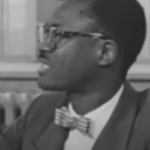
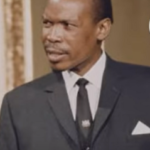
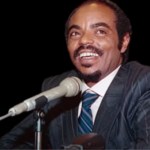

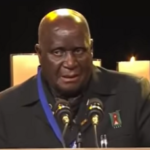
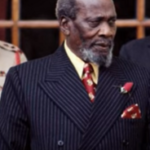
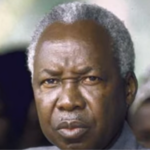
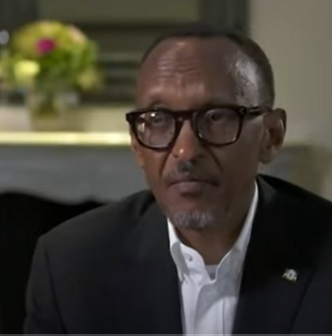
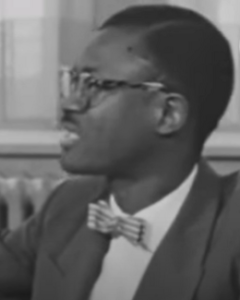
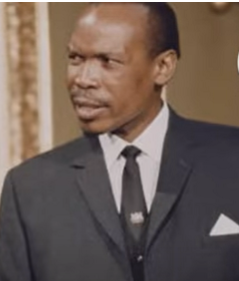
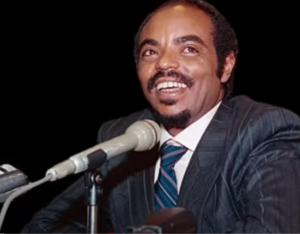
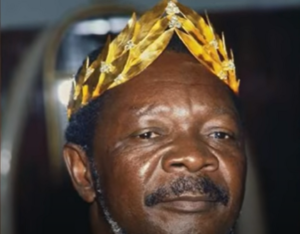
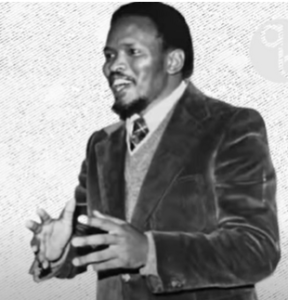
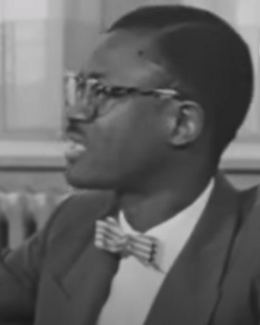
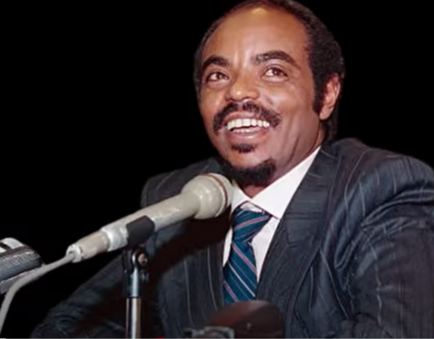
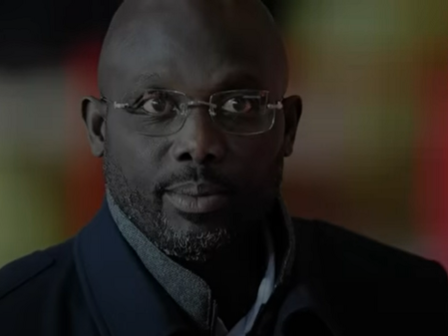
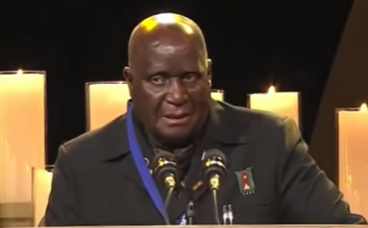
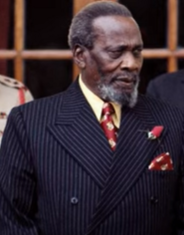
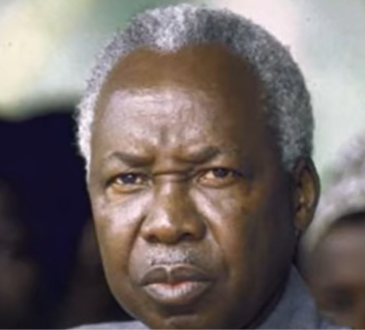
+ There are no comments
Add yours